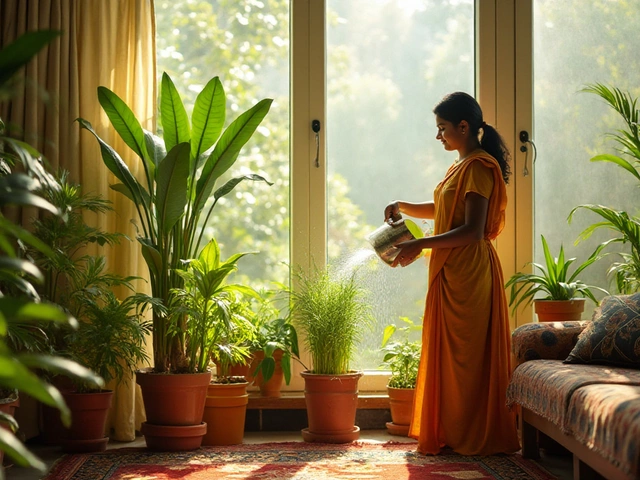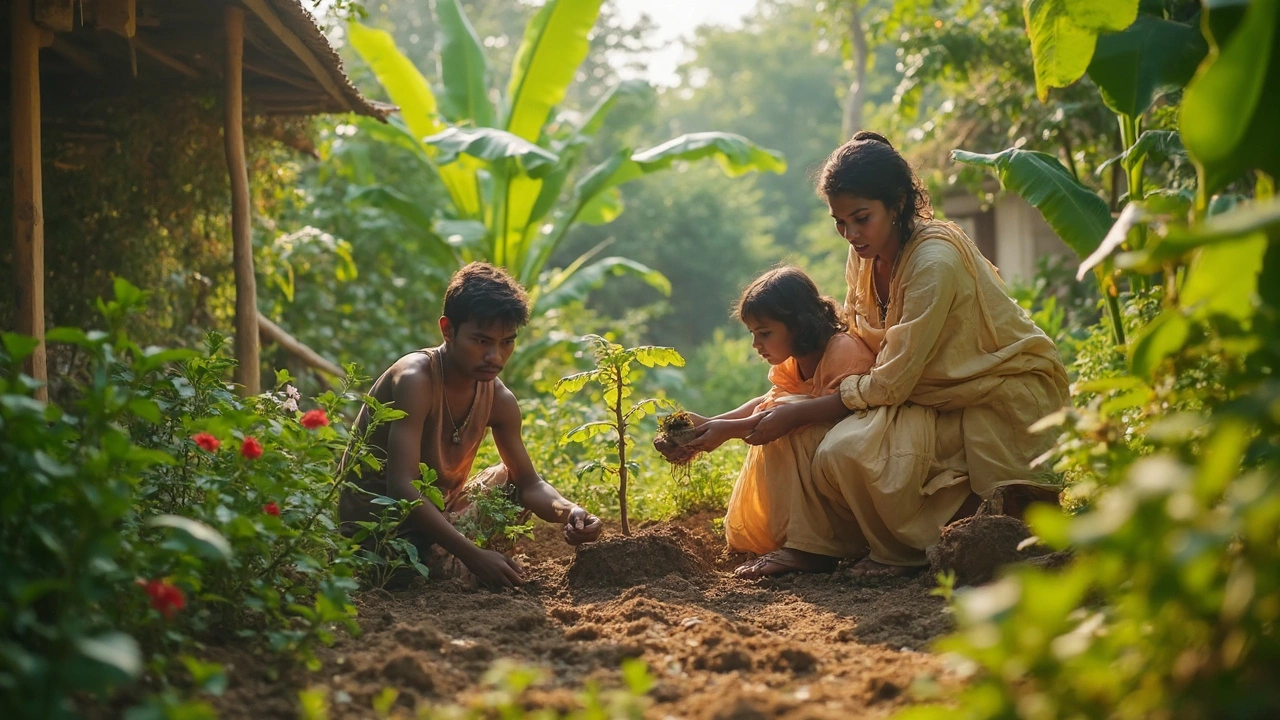How to Create a Backyard Habitat That Welcomes Wildlife
Ever looked at your garden and thought it could be more than just a pretty space? You can turn even a small yard into a thriving habitat for birds, bees, butterflies, and good‑natured critters. The trick is to give nature the basics it needs – food, water, shelter, and safe places to nest. And you don’t need a massive budget or fancy tools to make it happen.
Pick Native Plants for Easy Food and Cover
Native plants are the secret sauce of any backyard habitat. They’re already adapted to your climate, need less water, and produce the nectar and seeds local pollinators love. Think about adding Indian lilac, marigold, or sunflowers for bright color and abundant pollen. Shrubs like the Indian jasmine or teak can give birds a place to perch and hide from predators. Plant a mix of grasses, perennials, and flowering annuals to keep the food supply flowing from spring through autumn.
Provide Water and Simple Shelters
Water is a magnet for wildlife. A shallow birdbath with a few stones for perching works wonders, and you can refresh it daily in summer. If you have a damp corner, let a small pond or even a recycled bucket become a mini-pond – frogs love it, and it adds a soothing sound to your yard. For shelters, grab a few wooden pallets, break them down and stack them against a fence for insect hotels. A bundle of bamboo or a hollow log can become a perfect nest box for small birds or bats.
Don’t forget the ground. A layer of leaf litter or mulch mimics a forest floor, giving insects a place to hide and decompose organic matter. This, in turn, feeds the birds that love to hunt for bugs. If your soil is heavy, sprinkle some compost or sand to loosen it – healthy soil supports stronger plants, which support more wildlife.
Another low‑cost idea is to create a “seed station.” Fill a shallow dish with a mix of black‑oil sunflower seeds, millet, and cracked corn, then place it under a shrub. Squirrels might try to steal it, but most birds will appreciate the easy snack. Rotate the seed mix every few weeks to keep the variety fresh.
Finally, keep chemicals out of the picture. Pesticides kill the very insects you want in your yard, and runoff can harm nearby water sources. Opt for organic pest control – neem oil, garlic spray, or companion planting (like marigolds to deter nematodes) – to protect both your plants and the critters that depend on them.
With these simple steps – native plants, water sources, shelter, and a chemical‑free mindset – you’ll see butterflies, hummingbirds, and even tiny mammals start to call your backyard home. It’s rewarding to watch nature thrive right outside your door, and the best part is you’re doing it without breaking the bank.
Ecosystem Garden: How to Build a Self-Sustaining Backyard Habitat
Building an ecosystem garden turns your backyard into a mini nature sanctuary. By copying how nature works, you invite wildlife, save water, and skip harsh chemicals. This guide breaks down the steps, from planning to planting, for any size yard. Discover practical tips, smart plant choices, and small changes with a big impact. Get ready to create a space that feels wild and alive, right outside your door.
About
Sustainable Gardening
Latest Posts
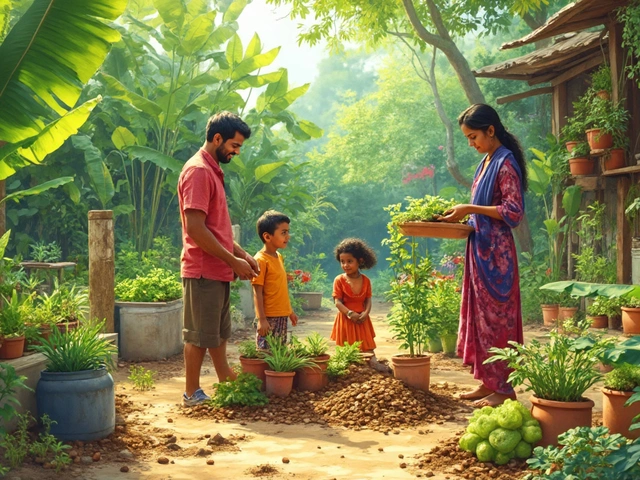
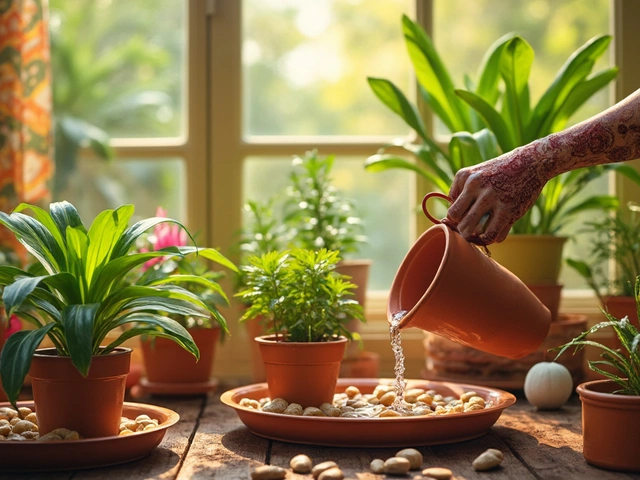
Pebble Tray Care: How Often Do You Need to Fill It?
By Alden Thorne May 20, 2025
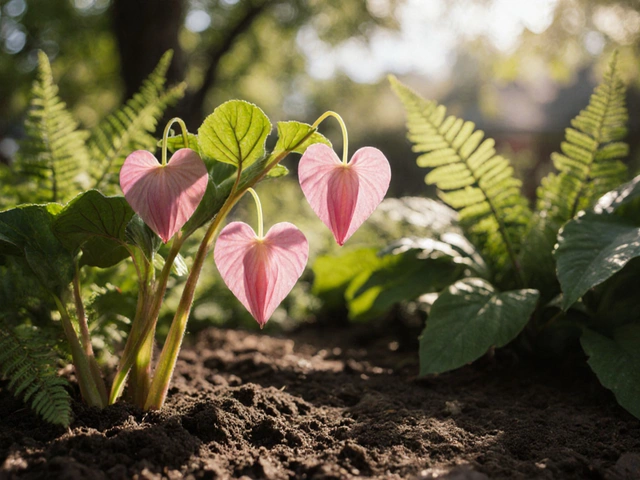
Do Bleeding Hearts Like Sun or Shade? The Right Light for Kitchen Garden Success
By Alden Thorne Nov 20, 2025

Where Does Ryobi Rank in Garden Tools?
By Alden Thorne Apr 5, 2025
